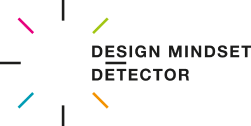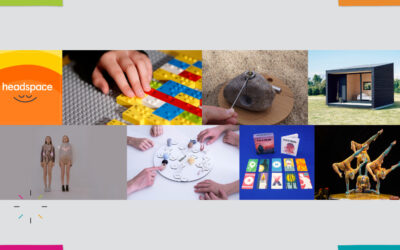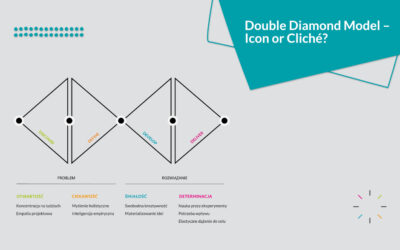Designers have long been perceived as so-called “black boxes.” On one hand, various types of information flowed into their minds, then some mysterious processing took place, and after a while, the result was ready-made solutions. However, no one knew exactly what happened in the so-called meantime.
Contents
- Intuition in the work of a designer
- The “Intuitive Leap” in the design process
- Factors inspiring the “Intuitive Leap”
- Discovering new perspectives
Intuition in the work of a designer
It is interesting that many designers admit that a significant part of their work is done unconsciously, and intuition is a key element of their activity. In psychological literature, intuition is often equated with “insight,” described as a significant breakthrough in the thought process.
The “Intuitive Leap” in the design process
The term “intuitive leap” often appears in literature on design processes. Herbert Simon, the author of one of the key books on designers’ work and their problem-solving methods, explains this phenomenon as easy to understand. He compares the work of an experienced designer to a chess master, noting that most so-called intuitive leaps are based on recognizing previously learned patterns. We all probably saw the Netflix miniseries “The Queen’s Gambit”; recall the main character playing chess games in her mind.
Read also: Design Mindset and female and male values in business
Factors inspiring the “Intuitive Leap”
The reservoir of professional experiences of designers, the complexity of the challenges they face, and their openness to inspirations, sometimes coming from unexpected sources, contribute to the so-called “intuitive leap” or “creative leap” during their work. These phenomena are often incomprehensible to other participants in the design process. I recall with respect the words of one of the important theorists of design methods, a renowned professor, who said that the period preceding this leap is the most challenging moment for designers – a moment full of doubt, hopelessness, and a sense of helplessness. I recognize this moment well 🙂
Discovering new perspectives
Interestingly, the “intuitive leap” is not a moment when a designer suddenly comes up with a brilliant solution. It is rather a moment when they manage to look at the problem from a new, unexpected perspective. This new understanding of the problem serves as a starting point for creating innovative solutions, leading to breakthroughs and unconventional ideas.
It is worth remembering that in the work of a designer, it is important not to start with specific solution concepts, but from the moment when you manage to look at the problem in a new light.
Check also our post: Building a design team – how to do it effectively?





